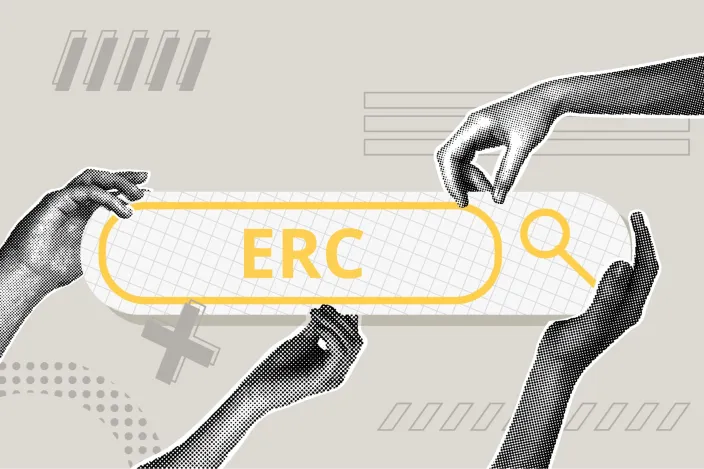
A State That Works
The making of a social contract between citizens and institutions has never been a simple process. For states to truly function — to be able to raise resources, provide services and offer opportunities — three conditions are needed: a demand from society for a public presence, an administrative apparatus capable of responding to that demand and finally, institutions that operate in the general interest, uncorrupted by private connections. These words may seem obvious today, but a simple look at history reveals how fragile and complex the process of building state capacity has been.
And this is precisely where research becomes relevant. Understanding how and why some states have managed to consolidate their strength while others remain weak is not just an exercise in economic history: it is key to interpreting the present. In the contemporary world, state capacity continues to make a difference. We see it in the way governments address economic and health crises, as in the case of the pandemic, when the strength or fragility of institutions made a difference for the survival of millions of people. We find it in migration policies, where a country's ability to manage arrivals and integration often makes the difference between social inclusion and social hostility. And again, we see it in global markets, where governments are called upon to regulate technological giants and the new economic frontier, which often leave regulatory systems behind. The challenges we face today are not so different from those that communities and nations faced two centuries ago: how to provide essential public services, balance private interests and the collective good, and build capable and credible institutions. Studying the past, therefore, means equipping ourselves with better tools to interpret and deal with the present.
With the STATE-DEV project, supported by an ERC Starting Grant, I decided to address this very issue: understanding how states arise and develop that are capable of promoting economic and social development. To do so, I have looked back at two crucial historical experiments: post-unification Italy after the 1860s, and the United States in the second half of the 19th century and the first half of the 20th century. Two very different contexts, but united by a rapid growth in the role of the state, contexts where we can observe the conditions for the strengthening of institutions came into being, or not.
Questions whose formulation is simple but that are difficult to answer. Where did the demand for more state come from? Could technological progress and migration have driven entire communities to demand more schools, more infrastructure, more public services? In Italy what role did prefects — those officials who embodied the state's presence in provincial government — play in shaping administrative capacity and, with it, economic development? And again: what happens when the boundaries between public office and private capacity become porous, with government officials moving into businesses and private managers joining the state bureaucracy? Is this a virtuous circulation of expertise, or a channel that feeds favoritism and corruption?
At the heart of STATE-DEV lies the attempt to answer these questions by integrating various approaches. Theory alone is not enough: you need data, archival research and empirical evidence. We will collect and digitize previously little-explored materials, from Italian municipal budgets to 19th-century American local newspapers, from logs of prefects' careers to logs of US business registrations. Thanks to new technologies, such as linguistic models applied to historical sources, we will build datasets that are set to remain a common resource for the scientific community and can be used by economists, historians and political scientists to pose new questions and test new hypotheses.
In this way, looking to the past is never a purely academic exercise. On the contrary, it becomes a laboratory for a better understanding of how institutions react to sudden challenges, how they succeed or fail. By examining the effects of European mass migration in the United States in the 19th century, we can find parallels with the migratory flows from Africa into Europe today. By analyzing the profile of the Italian prefect, we can ask ourselves how important the quality of bureaucratic leadership still is in achieving growth processes today. By studying the mechanisms of the "revolving door" between the public sector and the private economy, we can have a better discussion on how to regulate issues that also affect contemporary European and national institutions.
With STATE-DEV, we do not promise definitive answers, but new lenses for understanding a critical issue: what determines state capacity? And, above all, what can we learn from states that managed to succeed in the past? What's at stake doesn’t only concern historians, but all of us. Because the quality of the state that we live in continues to determine, to a large extent, the possibilities for economic growth, social cohesion and the solidity of democracy.

Where Knowledge is Born to Change the Rules
From the equations that describe turbulence to the mechanisms of finance, from labor market policies to the institutions of the state: the six new research projects by Bocconi scholars funded...

